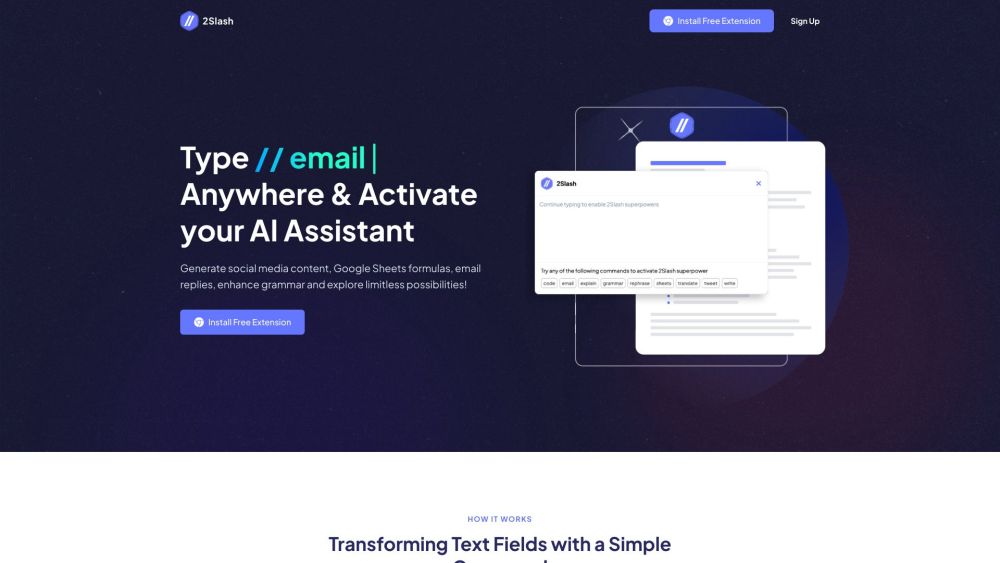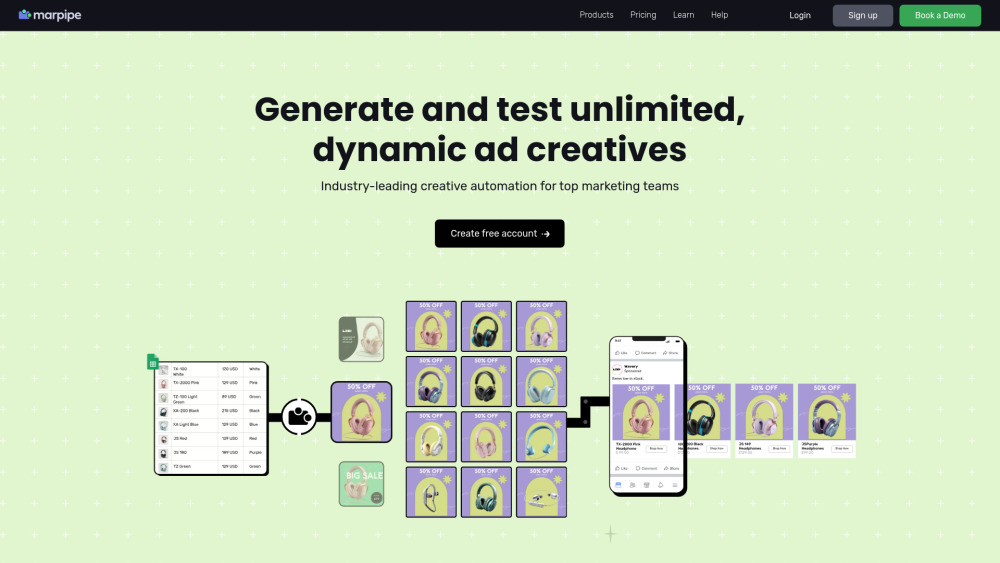“A new era of mobile AI.” That’s how Samsung is promoting its upcoming Galaxy S24 smartphone series. At the upcoming Unpacked event, the company promises “an all-new mobile experience powered by AI.”
Samsung is not the first to leverage the current AI excitement generated by platforms like ChatGPT and Midjourney. Major players in smartphone processors—Qualcomm and MediaTek—have recently showcased the impressive on-device generative AI capabilities of their latest flagship and mid-range chips.
It's clear that AI will dominate smartphone marketing. But what can we actually expect? The added value of these so-called “AI advancements” remains uncertain—and may simply involve repackaging existing features under new names or apps.
Starting with the Galaxy S24 series, these devices will feature Qualcomm's Snapdragon 8 Gen 3 chip. This chipmaker is making striking claims about its generative AI capabilities, suggesting it can create images from text prompts in under a second using Stable Diffusion technology. Qualcomm has provided a detailed explanation of how it optimized Stable Diffusion for on-device use. Meanwhile, MediaTek asserts that its Dimensity 9300 will also allow for near-instantaneous text-to-image generation through Stable Diffusion. Interestingly, the iQoo 12, already equipped with Qualcomm's latest chip, doesn't mention these generative AI features in its marketing.
Assuming Samsung will offer text-to-image generation, what will this feature ultimately achieve? It remains unclear whether this capability will be integrated into a third-party app or one of Samsung's own. The key question is how it will enhance everyday smartphone use. What would a typical Galaxy S24 user do with AI-generated images produced from a simple text prompt? They might use them to spice up conversations or create a buzz on social media.
However, there are complexities involved. Users would need to generate images from text, then save them locally or copy them to the clipboard, and finally paste them into their preferred chat app. An ideal solution would see Samsung integrating this image generation directly into the keyboard. Yet, one must wonder why go through this process when emojis, GIFs, and stickers can accomplish a similar effect? Additionally, the output resolution of 512 x 512 pixels may not suffice for tasks like college assignments or work presentations. Moreover, there may be costs associated; MediaTek's demonstration notes a premium option. Galaxy S24 users could face limits on text-to-image generation tokens, leading to slower performance or subscription fees once they exceed set quotas.
If this is the case, it raises concerns about practicality given that other solutions, like OpenAI’s DALL-E, are readily available. Users can generate images for free or subscribe to ChatGPT Plus for enhanced speed and quality with the latest DALL-E 3 model. Qualcomm claims that the Snapdragon 8 Gen 3 is the “first to support multimodal Gen AI models,” meaning the native chatbot (based on Meta’s Llama model) will accept inputs via text, images, and voice. However, this is not groundbreaking, as capabilities like this already exist in ChatGPT-4, albeit with subscription requirements.
Another intriguing feature Qualcomm touts is AI image expansion, allowing users to expand an image’s canvas in any direction. The device’s generative AI would intelligently produce pixels based on user prompts, adding new elements to the scene. While this might showcase impressive capabilities, altering personal photos featuring cherished memories risks distorting those memories with unrealistic visuals.
Summarization is another key area for on-device generative AI. This could enhance how users stay informed on current events. However, its effectiveness hinges on ease of use; for instance, enabling users to summarize news articles without needing to switch to a different app would enhance the experience significantly.
Other proposed features, like voice-based photo editing, sound convenient, yet it’s difficult to assess their true value when current options, like one-tap filters, already offer quick and satisfactory editing experiences. Moving to basic functionalities such as generating generic chat responses or obtaining answers normally requiring internet searches, challenges arise again.
The generative AI models running natively on smartphones, like Meta's Llama, are not the most advanced, primarily due to limited resources. Take Google, for instance; the Pixel 8 Pro utilizes a basic version of its large language models called Gemini Nano. Why not opt for a more capable model, like ChatGPT or Pi, through dedicated mobile apps instead?
Currently, the most practical application of generative AI may lie in reducing dependencies on cloud services, enabling offline tasks while enhancing data privacy. Ideally, these on-device tools should integrate seamlessly with existing virtual assistants like Google Assistant, Alexa, or Siri. Imagine instructing your AI assistant to compile all cat images from your gallery into a collage for your dad, or planning a Disneyland trip, complete with the best ticket prices and a tidy Google Calendar itinerary.
If on-device generative AI keeps user data local, it could foster an environment of data privacy—at least in theory. For now, the promise of Samsung's AI capabilities remains uncertain. It will be intriguing to see whether Samsung can deliver meaningful generative AI experiences or merely provide a collection of flashy, yet impractical, features.





